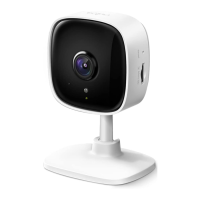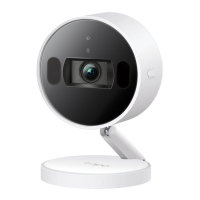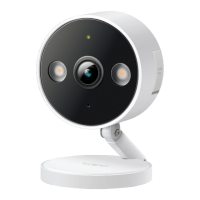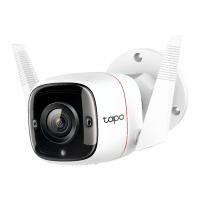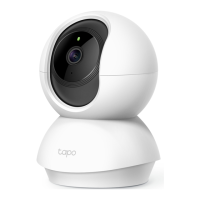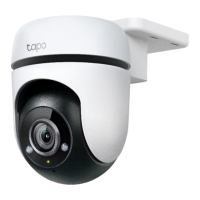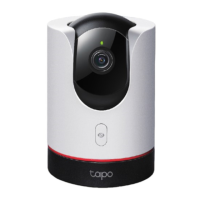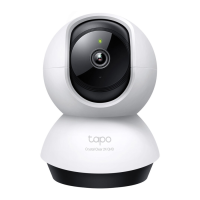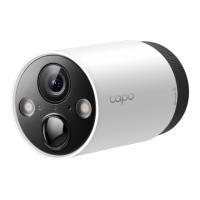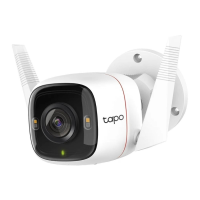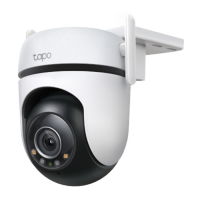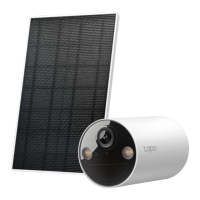Do you have a question about the TP-Link Tapo C100 and is the answer not in the manual?
Guide to accessing and modifying camera settings like name, detection, and schedules.
Steps to enable motion detection and notifications in the Detection & Alerts settings.
Configure alert types (sound/light), sounds, and alert schedules for motion detection.
Define specific areas for motion detection to focus on, ignoring others.
Set motion sensitivity levels (Low/Normal/High) for more or fewer recordings.
Guide to accessing and modifying camera settings like name, detection, and schedules.
Steps to enable motion detection and notifications in the Detection & Alerts settings.
Configure alert types (sound/light), sounds, and alert schedules for motion detection.
Define specific areas for motion detection to focus on, ignoring others.
Set motion sensitivity levels (Low/Normal/High) for more or fewer recordings.
| Type | IP security camera |
|---|---|
| Certification | RCC, CE |
| Day/night mode | Yes |
| Operating frequency | 2400 MHz |
| Placement supported | Indoor |
| Connectivity technology | Wireless |
| Total megapixels | - MP |
| Maximum resolution | 1920 x 1080 pixels |
| Supported video modes | 1080p |
| Video formats supported | H.264 |
| LED type | IR |
| Infra-red wavelength | 850 nm |
| Night vision distance | 9 m |
| Security algorithms | 128-bit AES, SSL/TLS, WEP, WPA, WPA2-PSK |
| Audio system | 2-way |
| Compatible memory cards | MicroSD (TransFlash) |
| Maximum memory card size | 128 GB |
| Bluetooth | - |
| Ethernet LAN | No |
| Wi-Fi standards | 802.11b, 802.11g, Wi-Fi 4 (802.11n) |
| Networking standards | IEEE 802.11b, IEEE 802.11g, IEEE 802.11n |
| Wi-Fi data rate (max) | 150 Mbit/s |
| Supported network protocols | TCP/IP, DHCP, ARP, ICMP , DNS, NTP, HTTP, HTTPS, UDP, ONVIF, RTSP |
| Storage temperature (T-T) | -40 - 70 °C |
| Operating temperature (T-T) | 0 - 40 °C |
| Storage relative humidity (H-H) | 5 - 90 % |
| Operating relative humidity (H-H) | 10 - 90 % |
| Form factor | Cube |
| Product color | White |
| LED indicators | System |
| Number of sensors | 1 |
| Optical sensor size | 1/3.2 \ |
| Fixed focal length | 3.3 mm |
| Maximum aperture number | 2 |
| AC input voltage | 100 - 240 V |
| DC output current | 0.6 A |
| DC output voltage | 9 |
| Power source type | AC, DC |
| AC input frequency | 50 - 60 Hz |
| Minimum illumination | - lx |
| Field of view (FOV) angle | 105 ° |
| Sustainability certificates | RoHS |
| Depth | 54.6 mm |
|---|---|
| Width | 67.6 mm |
| Height | 98.9 mm |
| Package depth | 175 mm |
| Package width | 145 mm |
| Package height | 64 mm |
| Package weight | 240 g |
